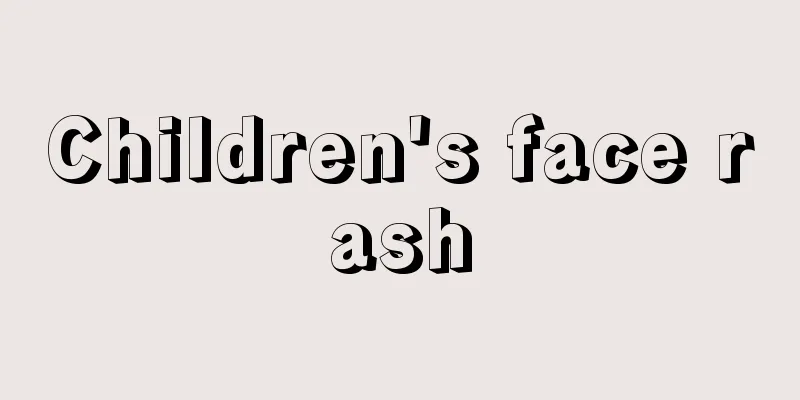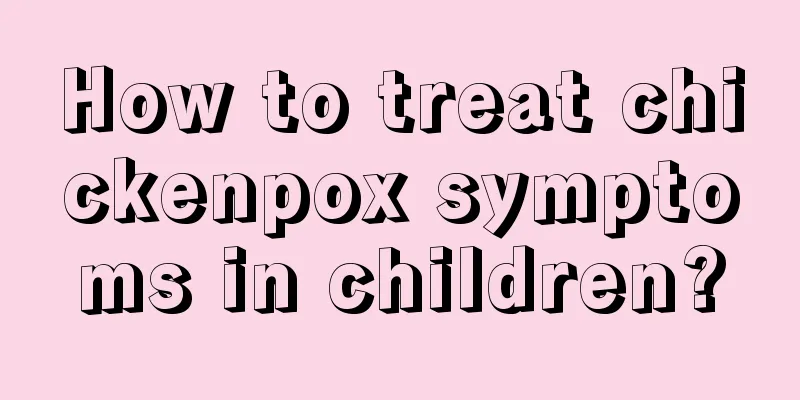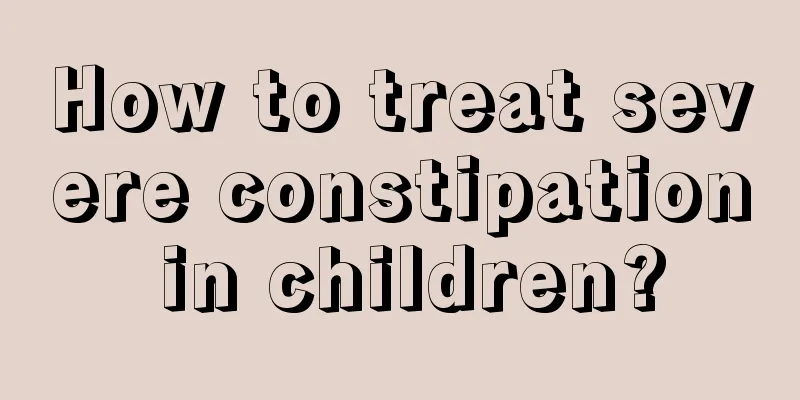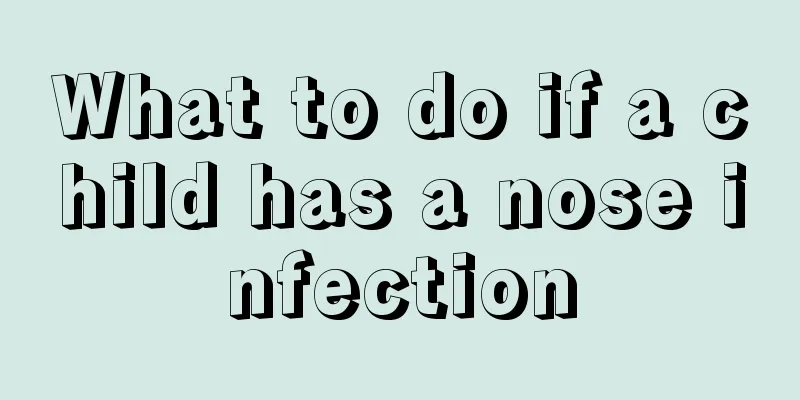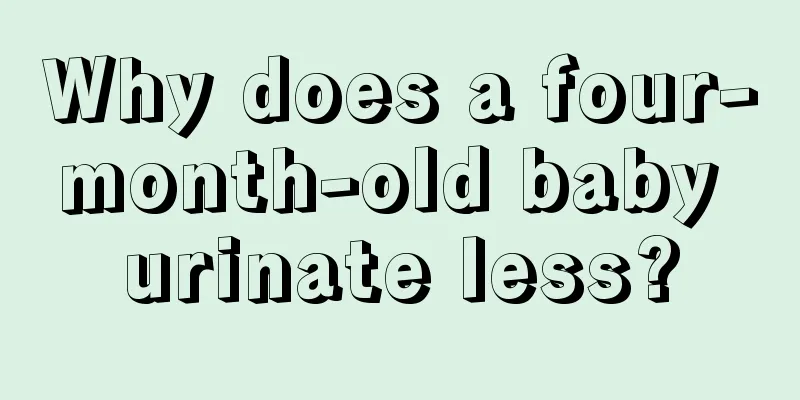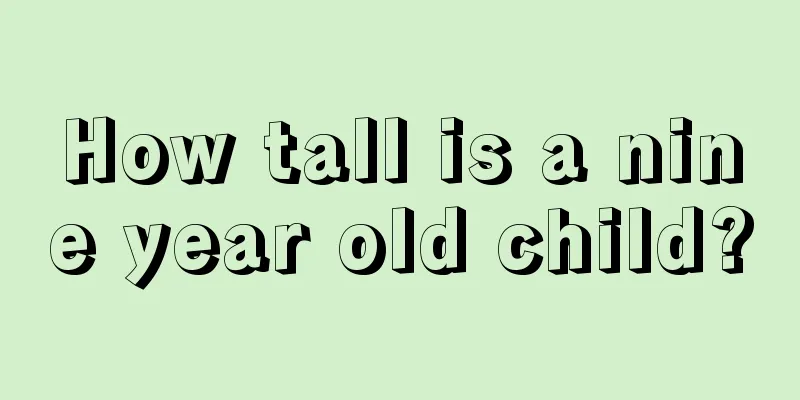How to deal with a baby's low fever
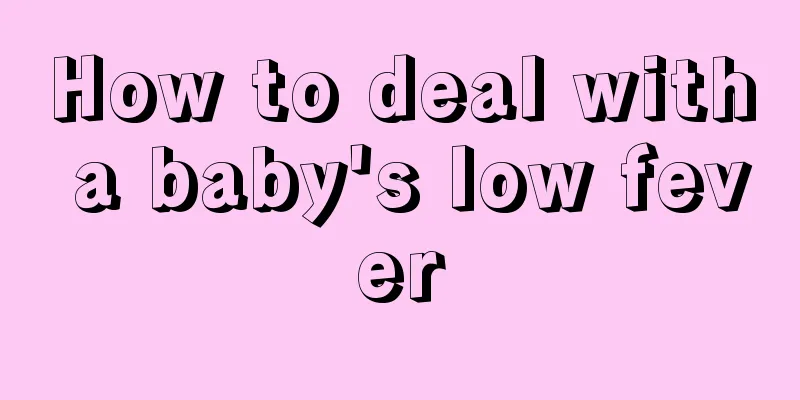
|
Some babies often have a low fever when they are young, and mothers want to give their babies some antipyretics in a hurry. In fact, it is not advisable to give babies antipyretics, because for low fever, if the baby is not allowed to emit, it is likely to cause some other diseases, and it is not suitable to use drugs to reduce fever when the fever is low. So how to deal with the baby's low fever? What should we do if a child has a low fever? To solve this problem, we must first know what the child's normal body temperature is. The normal body temperature of a newborn is 37℃ to 37.4℃, the baby's body temperature is 36.8℃ to 37.3℃, and the toddler's body temperature is 36.2℃ to 37℃. After understanding the normal body temperature, let us distinguish what is low fever, moderate fever and high fever, which are what we commonly call low fever, moderate fever and high fever. When a child has a fever, a body temperature of 37~38℃ is a low fever, 38~39℃ is a moderate fever, above 39℃ is a high fever, and over 41℃ is a very high fever. Fever is a response of the body to the invasion of viruses or bacteria. This response helps to eliminate the invading viruses and bacteria, thus promoting the normal growth and development of children. Generally, do not rush to reduce the fever if the body temperature does not exceed 38℃, especially before a clear diagnosis. If you blindly rush to reduce the fever, it may mask the condition and interfere with the diagnosis. When the body temperature reaches above 39℃, you should reduce the fever under the guidance of a doctor. 4% to 12% of children will experience convulsions when they have a high fever. Repeated convulsions may cause brain damage and are also a precursor to certain epilepsy and may also lead to other dangers. Therefore, children with a history or family history of febrile convulsions should be given antipyretic treatment immediately if they have a high fever. If a child's body temperature shows the following conditions, it is normal. If the child is well kept warm, the temperature will be higher. When a child is growing, his body temperature will be slightly higher than usual. As long as the body temperature remains between 36.9℃--37.5℃, it is normal and parents do not need to worry about it. However, if the child has a low fever, we should take the following methods to reduce the temperature. Physical cooling should be adopted when the temperature is below 38.5℃. When your child's body temperature is between 37℃ and 38.5℃, you'd better choose physical cooling method. Common physical cooling methods used in the home generally include alcohol bath, ice pillow cooling or warm water bath. So, which method is most suitable for babies? 1. Alcohol bath was a common method of reducing fever in the past, but it is not recommended to use this method for babies now. Wiping the baby's body with alcohol will cause the child's skin to expand and contract rapidly, which is very irritating to the baby. It may also cause alcohol poisoning in the baby. 2. Using an ice pillow or ice compress on the forehead to reduce fever is often used by many parents. However, this method is not suitable for children under six months old, because young babies are easily affected by external temperature. Using an ice pillow will cause the temperature to drop too quickly, making it difficult for the baby to adapt. In addition, when a baby has a fever, the temperature of the whole body rises. Local ice compresses can only have a local cooling effect, and home-made ice cannot be made so promptly. It is better to wipe the baby's whole body with warm water. 3. A warm water bath is the best way to cool down. Warm water bath means using a warm water towel at about 37°C to wipe the child's limbs, chest and back. Gradually reduce the high temperature of the skin and make the baby feel more comfortable. At this time, you can also wipe your forehead and face with a slightly cooler towel (about 25°C). It should be noted that when performing these cooling treatments, if the child has so-called cold reactions such as cold hands and feet, trembling all over, purple lips, etc., stop immediately. |
<<: Reasons why children often have low-grade fever
>>: What should I do if my baby has a low fever of 38 degrees?
Recommend
When is the best time for children to supplement zinc?
In our daily life, we eat a lot of food every day...
What are the treatment options for childhood asthma?
In fact, when treating childhood asthma, more att...
How much milk should a two-month-old baby drink?
When babies are just born, they are fed with milk...
How to support newborns
The physical health of newborns is an issue that ...
What are the reasons why children don't grow taller?
Nowadays, the height growth of children is a big ...
What causes children’s gums to become red, swollen and bleeding?
Children’s teeth are always fragile. Sometimes, f...
What to do if your child is picky about eating
Raising a child is a long process. As the saying ...
What is the cause of dry stool in children?
We all know about adult constipation, but we don’...
How to treat tonsillitis in children
Children are the apple of their mother’s eye and ...
What is the cause of diarrhea in children with roseola?
Diarrhea in children is a very common problem in ...
What to do if children have armpit odor
Some children have an unpleasant odor in their ar...
What to do if your child has eye pain
Children often rub their eyes in their daily live...
Is it good for children to eat pears when they have a fever?
Children will catch a cold from time to time in t...
What should I do if my baby can't sleep well at night?
What should I do if my baby doesn't sleep wel...
The baby wakes up more frequently at night
Babies always wake up at night out of habit. Many...
